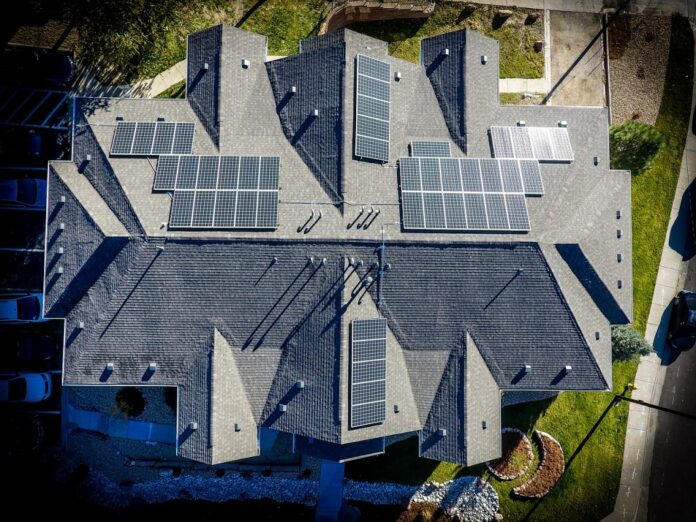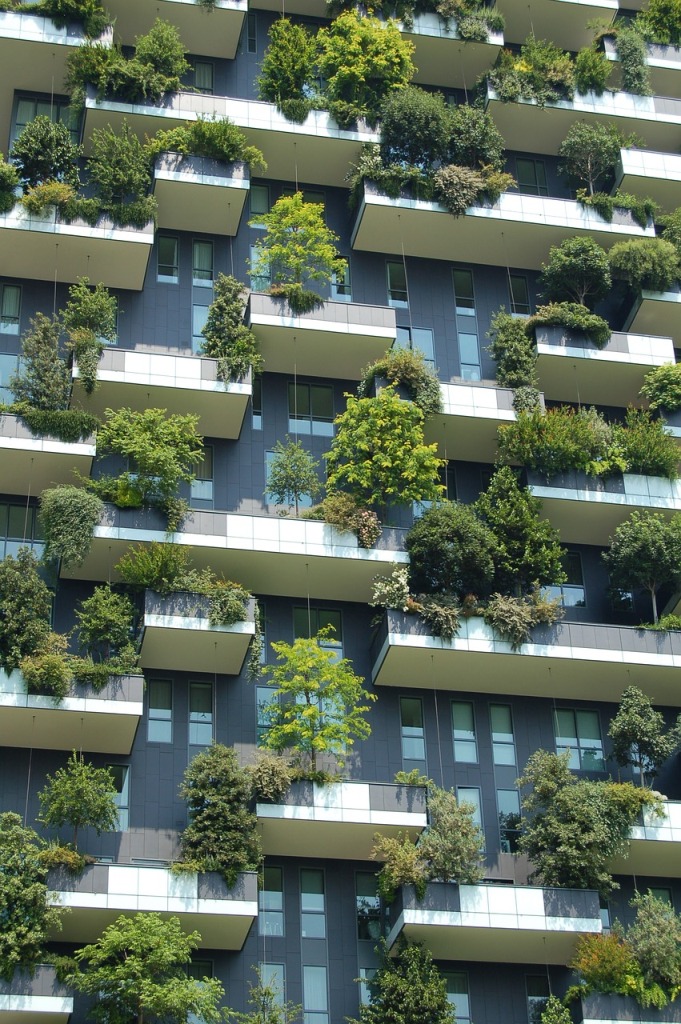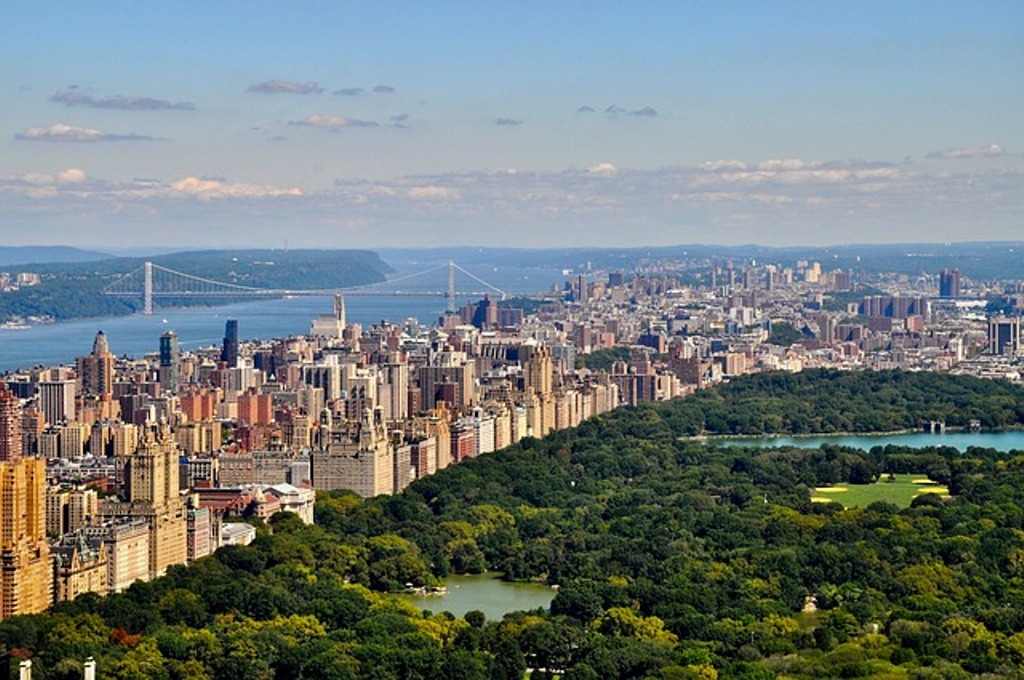We have all heard about green buildings all over the world, but what really is green building and why should we care if a building is green or not?
According to the US Environmental Protection Agency, green building is the practice of creating structures and using processes that are environmentally responsible and resource-efficient throughout a building’s life cycle, from siting to design, construction, operation, maintenance, renovation, and deconstruction. This practice expands and complements the classical building design concerns of economy, utility, durability, and comfort.
It is important to note every man made structure has an impact on the environment. And the buildings are responsible 38% of the carbon dioxide emissions in the world. This means that our buildings are producing even more carbon dioxide than transportation and industrial emitters. This one of the biggest reasons that building green will make a great contribution toward reducing this impact to our environment.
But why do our buildings harm the environment and how can green buildings reduce this harm? First, when we clear the land to make way for a development, the wildlife habitat in that area is destroyed. The natural land conditions are altered (which effects the natural hydrology of the site) and the preexisting permeable soil becomes an impermeable surface (which does not allow rainwater infiltration to the soil anymore). Next, we manufacture and use building products that pollute water and air, release toxic chemicals, and emit greenhouse gases. Once the building is operational, the building consumes energy, which further increases greenhouse gas emissions. This is also true for water consumption. The building also consumes water, which later becomes a waste product. With the commuting of building users and visitors to the building, the use of single-occupancy vehicles results in increased energy consumption and greenhouse gas emissions. The list of aspects related to environmental impact is seemingly endless.
Green buildings are more environmentally sensitive, provide more comfort to building occupants, and also remain resource-efficient and high-performance buildings throughout their entire life cycle, but how does that happen? In order to highlight the major concept of green buildings, we must first observe the natural system.
In the natural cycle, there isn’t any waste. Even what we term “animal waste” is actually a sustainable product, which is an organic fertilizer in agriculture that improves plant nutrition and assists the growth of plants. The key factor of animal waste is its sustainability; it is produced by nature and is continuously reused in a never-ending loop. Nevertheless, is the waste of man-made products also like that? Think about a plastic bag, which takes about five hundred years to break down in the environment and creates a great deal of environmental harm during its lifetime.
Now, let us think about the “built environment” which refers to all the man-made surroundings that are needed for human activity, from roads, to buildings, to neighborhoods. We use great amounts of the nature’s resources to develop our built environments. But do they end up like a plastic bag, or can they continue sustainably in nature?
Green building is really a system that evolves by continuously enhancing its level of performance in order to get as close as possible to the natural system, which is by far the most efficient system known to man. In the future years, we will start to see even further improvements in the buildings codes, standards, and building products, as our world is becoming more polluted and unhealthy each minute. And this one of the biggest reasons that we really should start to care if a building is green or not, before it is too late.
If you are thinking about designing a green building the good news is that there are currently some good green building certification programs which can be used as a reference to go green. Currently, LEED is the widely adopted green building certification program in the world, which stands for LEADERSHIP in ENERGY and ENVIRONMENTAL DESIGN. LEED is a green building rating system developed by U.S. Green Building Council to certify high-performance buildings and sustainable neighborhoods.
LEED-certified buildings are proven to be environmentally friendly and to respect human health. LEED-certified buildings also provide increased occupant satisfaction and therefore increased project value. By establishing great levels of energy efficiency, green buildings also have lower operating costs compared to typical buildings. This is also true for water consumption. Green buildings consume less potable water than regular buildings as they have greater levels of water efficiency. Furthermore, people who work in LEED-certified buildings have increased productivity due to the healthier environment of the buildings, which is the result of increased exposure to natural daylight, increased ventilation rates inside the building, less contaminated indoor air, more open spaces, increased acoustic performance, and many other features.
If you are in the design or construction industry, you can even think about earning a LEED credential to help other projects go green and enhance your career. All you need to do is study for your LEED exam and become a LEED Green Associate or a LEED Accredited Professional.
Author: A. Togay Koralturk, Author of LEED Complete Study Guides
LEEDUCATE Inc. | LEED Exam Prep Provider




















